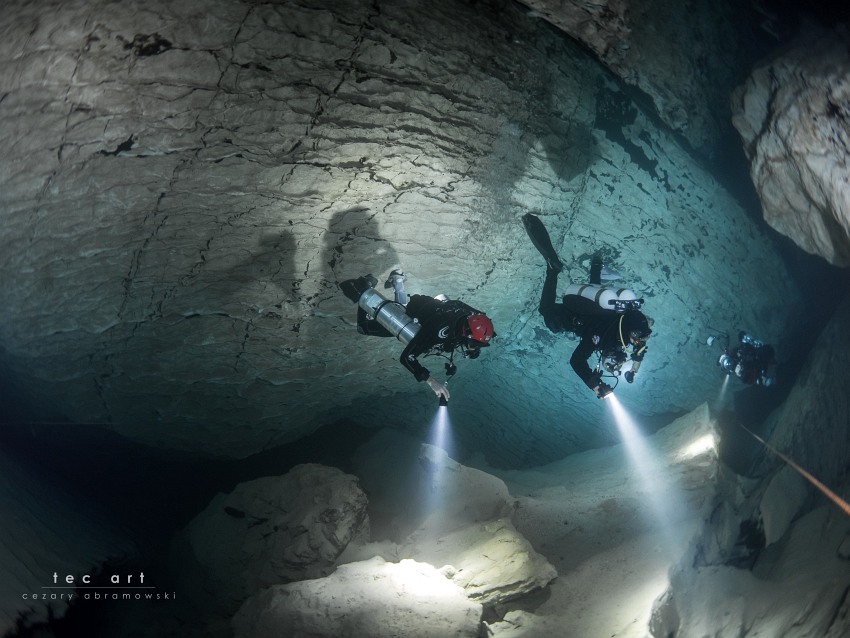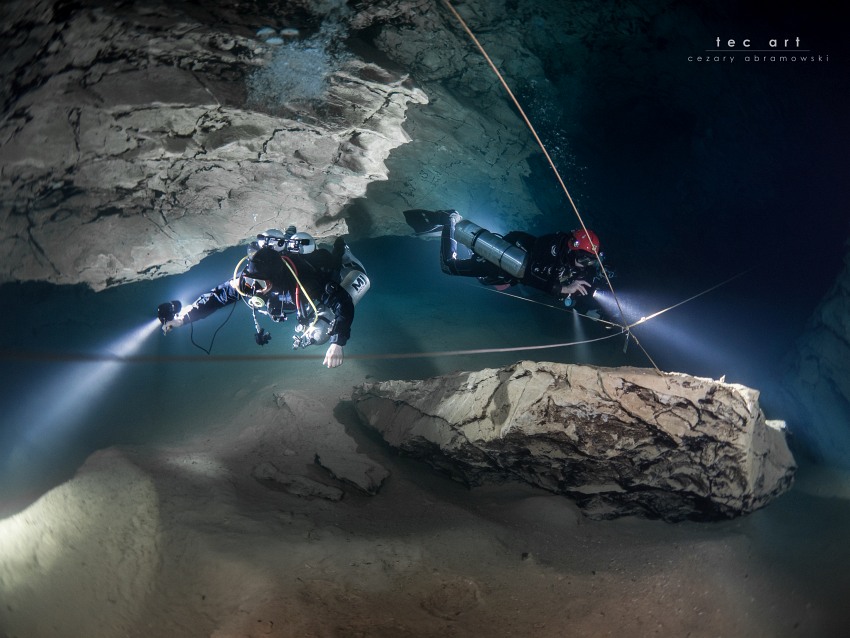The story of the Molnár János cave
Budapest is divided by the river Danube. Buda is situated on the west bank while Pest is on the east. The hills of Buda are inhabitated since the Roman times, and it was famous about its thermal water springs. The Lake Malom’s warm water powered mills in the medieval times (Malom means Mill in Hungarian) but they didn’t know where the water comes from.

The spring water discharging from an enlarged fracture of the Buda Marl feeds the artificial Malom Lake, which is drained through a sluice and canal into the Danube beneath the building of the Lukács Bath because of the urbanized environment.
Budapest lies on a geological fault line: the ground cracked along the collision line of the mountains and the plain. The ascending thermal water dissolved many cave passages close to the surface. Because these caves were carved out from the inside from water coming from below, they did not have any natural entrance to the surface. That is the reason why most of the caves laid hidden until the early 20th century, when they were uncovered due to quarrying or drainage groundwork that took place in the area.
One of the caves even more special: the submerged Molnár János cave, which an active thermal water cave located only meters from the Danube river bank. The dry cave of Molnár János begins a few metres above the surface of Lake Malom. In the 19th century János Molnár, a pharmacist, investigated these dry areas and analysed the water of the spring. He believed there must be a water filled cave system somewhere under the hill.
The first underwater explorations started in 1950’s. In the 70’s and 80’s the divers of the FTSK Delfin dive club successfully explored and charted more than 400 meters of the cave system. They dived regularly this “old part” but in 2002 they found a new passage. The new part was huge, for example they charted a 86 meters long, 15 meters high and 27 meters wide hall. The cave system stretches out to more than 6 kilometres, but there are still plenty to discover in the depth.

The research
There are still many to explore in the Molnár János cave system because it’s an actively forming cave. Nowadays several scientists work regularly here: geologists, biologists, chemists.

The cave is a good example of modern phreatic hypogenic caves, since it has been formed by mixing corrosion below the water table. Mixing corrosion occurs where flow systems of different orders (with different chemistry and temperature) meet via tectonic lines or through diffusion. Besides the tectonic control, the network maze of cave passages follows the south-southwestward dip of the Upper Eocene limestone and marl.
The scientists regularly analyze water samples and map the pattern of water flow inside the cave. Research of the Hungarian Niphargus species is an exciting field as well. They found 3 species of them in the cave, and there are two Amphipoda one Isopoda and one Neotaenioglossa species.
The Molnár János cave is a protected area since 1982.

